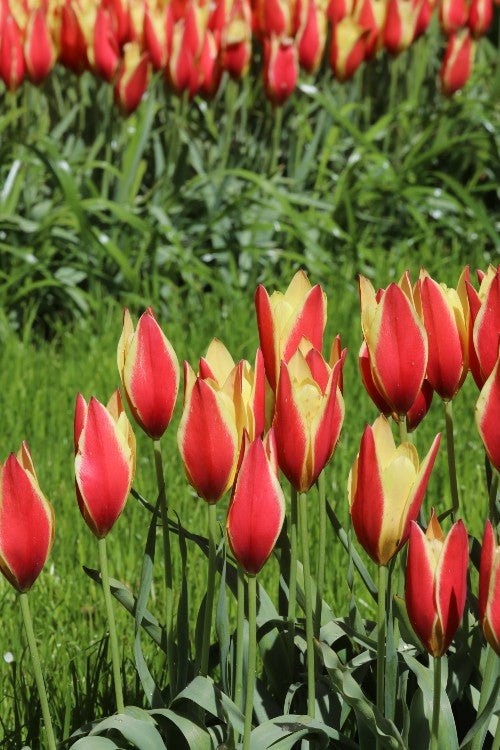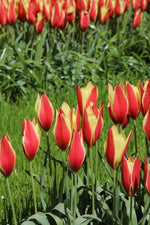
Chrysantha
1225
$12.25
Unit price perSign up to be the first to know when it's back in stock.
About Chrysantha
Get to know this Chrysantha tulip! With its stunning red and yellow petals and graceful shape, this tulip variety is sure to captivate your senses. This tulip has a unique color palette combination, which makes it pops out of the garden.
- Graceful and elegant shape that enhances the overall aesthetic appeal
- Robust and hardy nature, ensuring long-lasting blooms
- Perfect for borders, containers, or as cut flowers for vibrant indoor displays
- Ideal for both novice and experienced gardeners
How to plant and take care of Chrysantha
- Choose a well-drained location with full sun exposure for optimal growth
- Plant bulbs in the fall, approximately 6 inches deep and 4-5 inches apart
- Water thoroughly after planting and keep the soil consistently moist but not waterlogged
- Apply a layer of organic mulch to protect the bulbs during winter
- Fertilize in early spring with a balanced flower fertilizer to promote healthy growth
- Remove faded flowers to encourage more blooms and prevent seed formation
- After the foliage turns yellow, you can cut it back to ground level
FAQs

